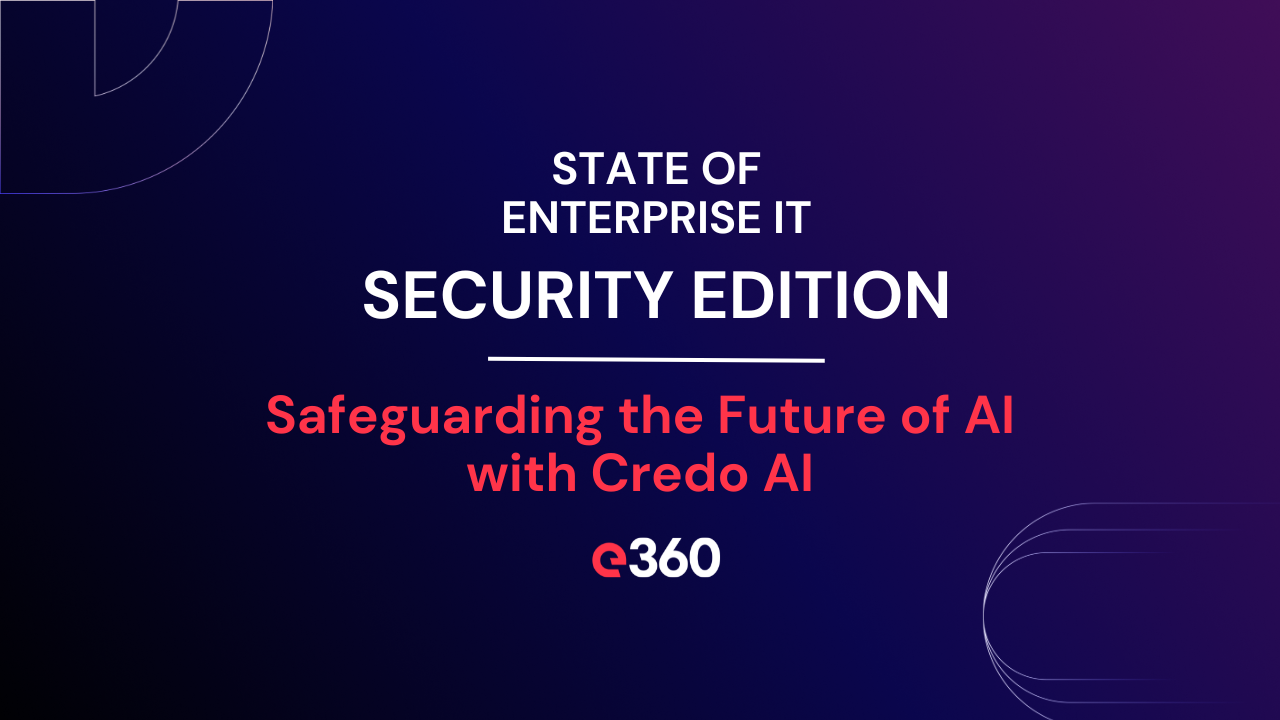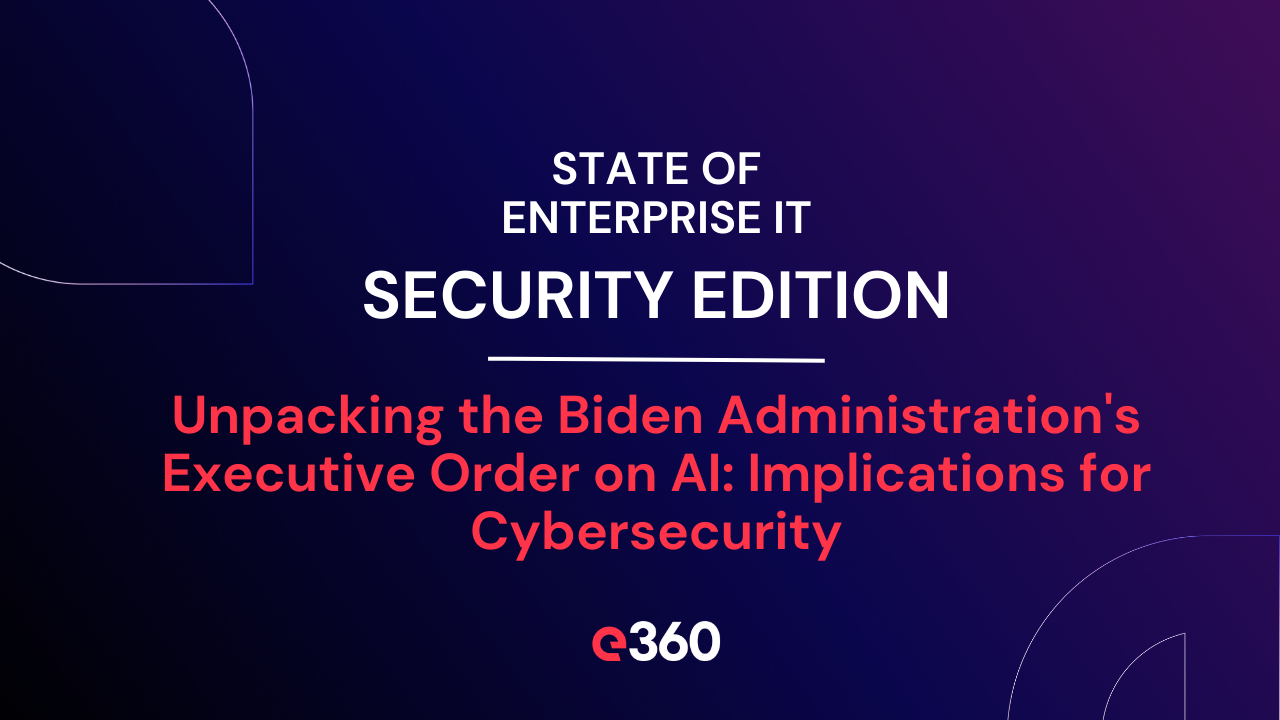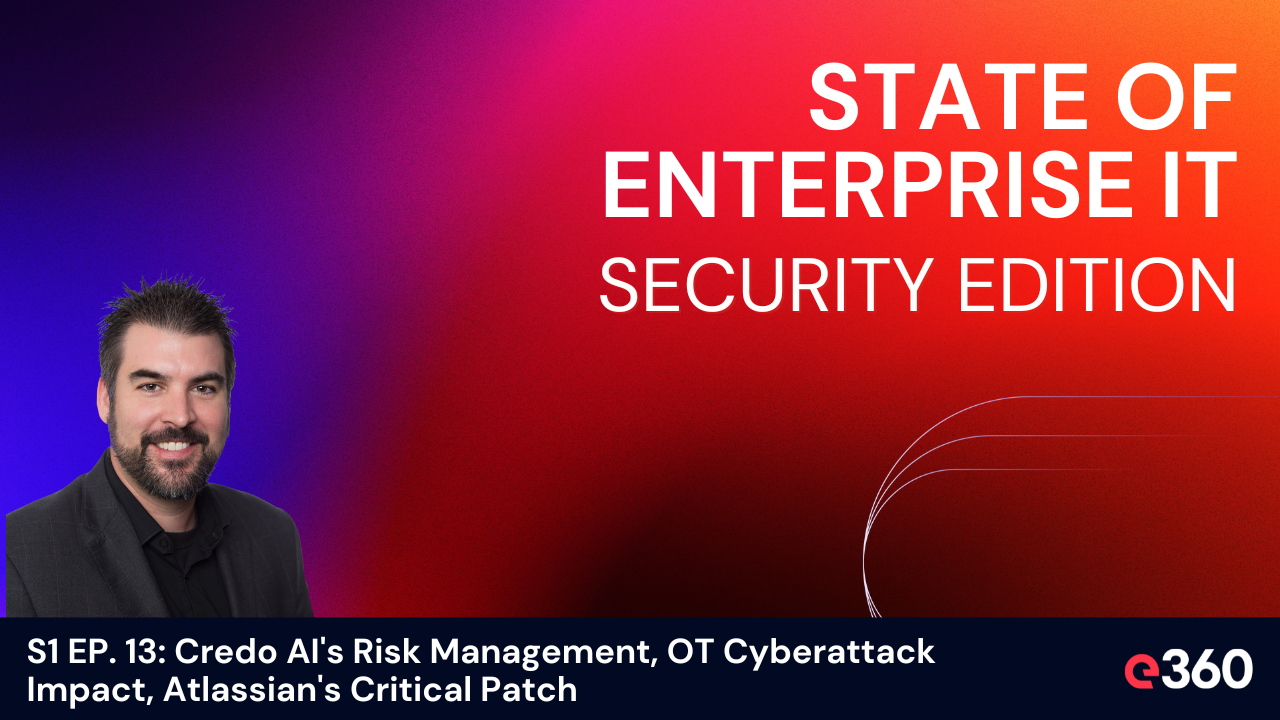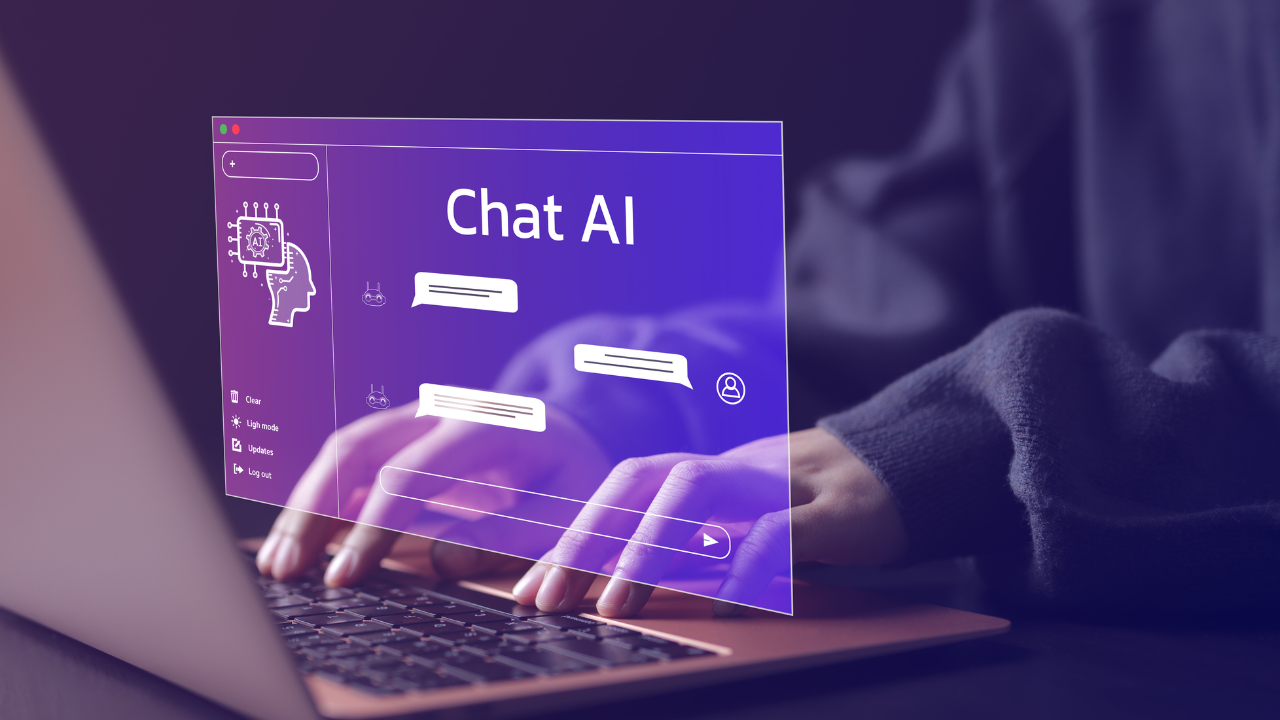As businesses race to implement Generative AI (GenAI) tools, the excitement is palpable. Yet, beneath this enthusiasm lies a layer of concern, especially among Chief Information Officers (CIOs) and Chief Information Security Officers (CISOs). These concerns are not unfounded. They revolve around crucial aspects such as bias, security vulnerabilities, compliance issues, and data governance—elements that can significantly sway the direction in which AI technology moves and integrates within our organizational frameworks. This is an insight from the 13th episode of the State of Enterprise IT Security Edition.
The Heart of the Matter
At the core of this discussion is the urgent need for robust AI governance—a topic that Brad Bussie, e360's Chief Information Security Officer, passionately addresses. Brad eloquently highlights the complexity of monitoring and measuring GenAI tools against an array of challenges. "We're going to monitor and measure our products and systems for things like bias, security gaps, lack of compliance with company or industry policy and regulations, not to mention data governance," he explains, laying the groundwork for a broader conversation on the responsibilities that come with AI integration.
A Beacon in the AI Governance Space: Credo AI
Brad introduces us to Credo AI, a company that has carved a niche for itself by addressing AI governance head-on. Although not affiliated with Credo AI, Brad speaks to the importance of acknowledging industry players who are making significant strides. Credo AI, having secured a spot among the world's 50 most innovative companies, offers a cloud-based tool designed to manage the multifaceted risks associated with GenAI tools. This includes everything from data leakage to toxic outputs and security vulnerabilities.
The founder of Credo AI, with her deep roots in the Microsoft AI division, brings to the table an invaluable "experience on ground" in securing AI technologies. Brad shares a poignant observation from her: "There's actually a kind of a sad narrative where governance has become a mechanism by which innovation slows down. But with AI and its speed and scale done correctly, we can actually go really fast."
Navigating AI Adoption with Precision
Brad advocates for a thoughtful approach to adopting AI technologies, one that emphasizes preparation and precaution. "I recommend organizations take the measure twice and cut once approach," he advises. This involves prioritizing data governance and AI governance before plunging into tool selection or widespread AI utilization.
For organizations that find themselves already deep in the throes of AI integration, Brad suggests a pragmatic solution: "Adopt a control point or browser extension," he says, which can help curtail the unintentional spread of company data.
Embracing Governance as a Catalyst for Innovation
One of the most striking aspects of Brad's insights is the reframing of governance—not as a barrier to innovation but as its enabler. By aligning governance with the dynamism of AI, organizations can ensure that their journey towards innovation is not only fast but also secure, compliant, and ethical.
Episode thirteen of the "State of Enterprise IT Security" podcast is available now. For more insights into how technology shapes our world, stay tuned to our blog for the latest in enterprise IT security and beyond.



